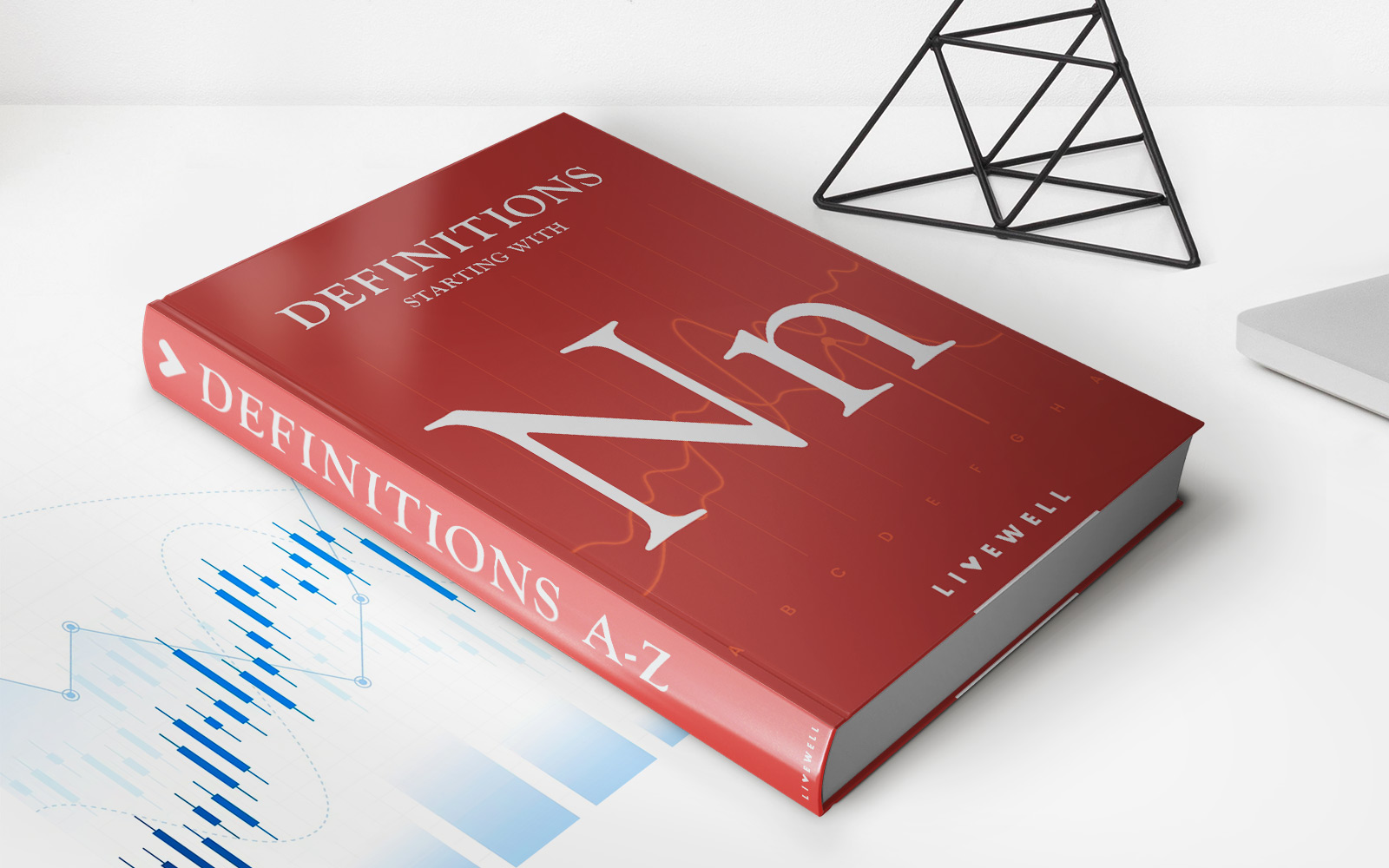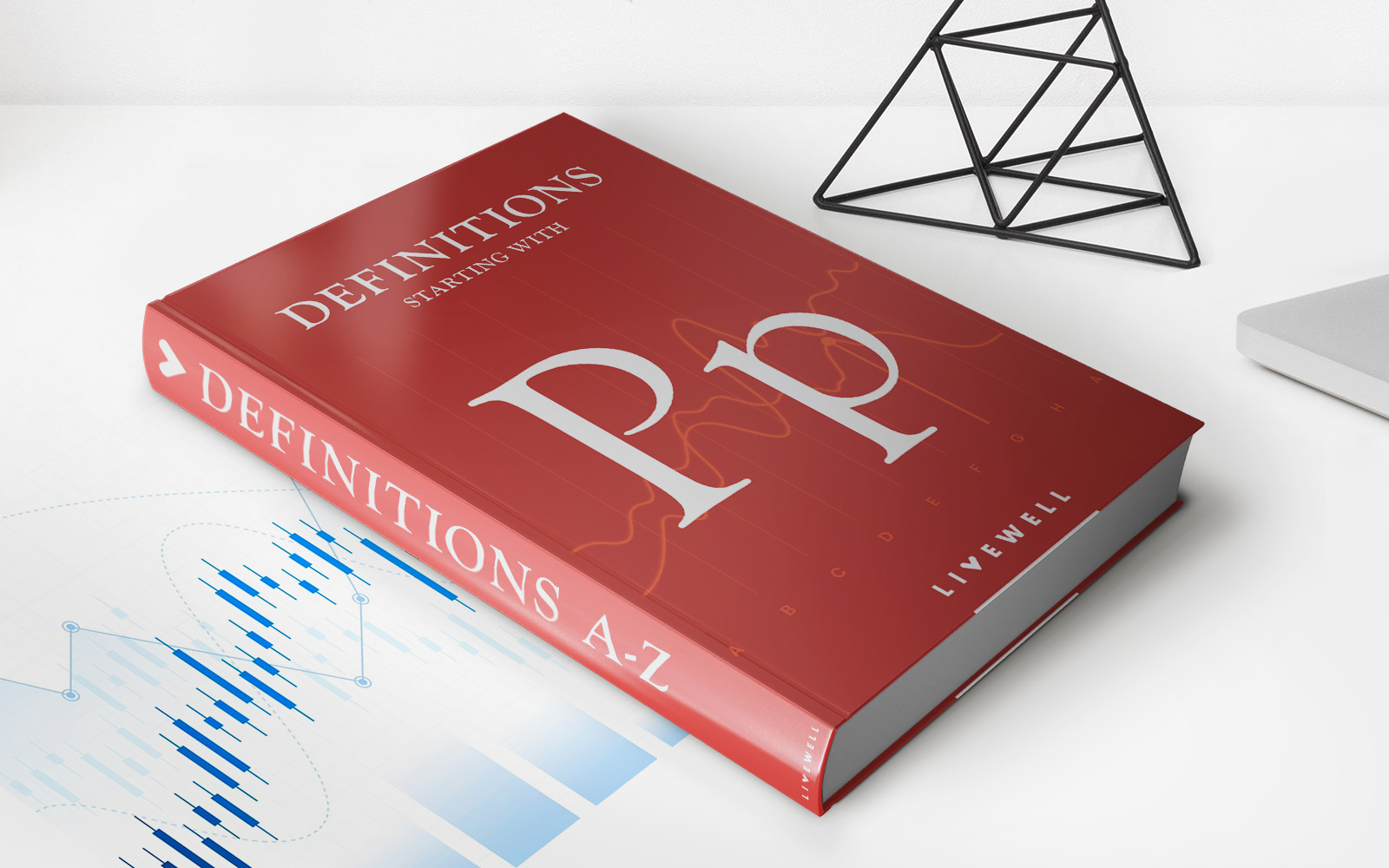Home>Finance>Current Yield Definition, Formula, And How To Calculate It


Finance
Current Yield Definition, Formula, And How To Calculate It
Published: November 7, 2023
Learn about the definition and formula of current yield in finance, and discover how to calculate it effectively for your investments.
(Many of the links in this article redirect to a specific reviewed product. Your purchase of these products through affiliate links helps to generate commission for LiveWell, at no extra cost. Learn more)
Understanding Current Yield: Definition, Formula, and How to Calculate It
Welcome to our finance blog, where we explore various concepts and strategies to help you better understand and navigate the world of personal finance. In this article, we will delve into the topic of current yield, its definition, formula, and how you can calculate it. So, whether you’re a finance newbie or a seasoned investor, read on to expand your knowledge and boost your financial literacy!
Key Takeaways:
- Current yield is a financial metric that measures the annual return generated by an investment as a percentage of its current market price.
- The formula to calculate current yield is: Current Yield = Annual Interest Payment / Current Market Price
Defining Current Yield
Current yield is a vital metric used in fixed-income investing, especially for bonds and other debt instruments. It measures the annual return an investor can expect to receive from an investment relative to its current market price. In simpler terms, it tells you the percentage of income you can earn from an investment.
While the concept of current yield may seem complex at first, understanding it can provide valuable insights into the potential return on investment. So, let’s break it down and look at the formula.
The Current Yield Formula
The formula to calculate current yield is relatively straightforward:
Current Yield = Annual Interest Payment / Current Market Price
Here’s a step-by-step breakdown:
- Determine the annual interest payment. This is the fixed interest or coupon payment you receive annually from the investment.
- Find the current market price. This is the current trading price of the investment in the market.
- Divide the annual interest payment by the current market price.
- Multiply the result by 100 to obtain the current yield percentage.
By following this formula, you can easily calculate the current yield of an investment, allowing you to make more informed decisions and evaluate the attractiveness of different investment opportunities.
Why Calculate Current Yield?
The calculation of current yield has several benefits for investors:
- Comparing Investment Options: Current yield allows you to compare different investment opportunities by considering the potential annual income relative to the investment price.
- Evaluating Risk and Reward: By calculating current yield, you gain insight into the risk and reward potential of an investment, helping you make more informed decisions based on your risk tolerance and financial goals.
- Monitoring Portfolio Performance: Tracking the current yield of your investments can help you assess the performance of your portfolio and make adjustments as needed.
As you can see, calculating the current yield is essential for evaluating and understanding the potential return on your investment, enabling you to make more informed financial decisions.
Conclusion
Current yield is a valuable metric in the world of personal finance, specifically for investors interested in fixed-income instruments. By calculating current yield, you can gauge the annual return an investment can generate relative to its current market price. Armed with this knowledge, you can compare investment opportunities, assess risk and reward, and monitor the performance of your investment portfolio.
So, next time you come across a fixed-income investment, whether it’s a bond, debenture, or other debt instrument, remember to consider its current yield to evaluate its potential return. This financial metric can be a powerful tool for making informed investment decisions and achieving your financial goals.














